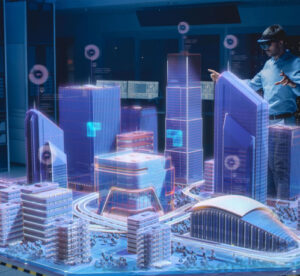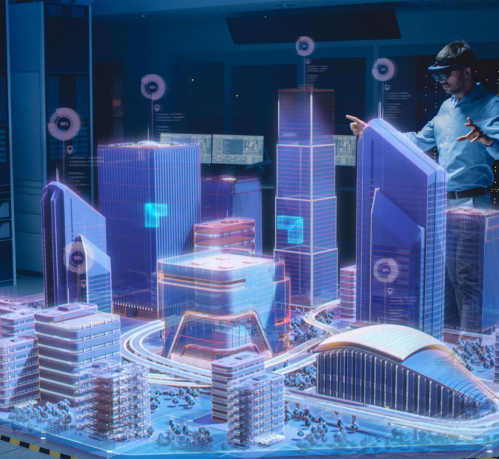
March 13, 2023
Data visualization has become an increasingly important aspect of modern business, allowing organizations to make sense of complex data sets and identify important insights. One type of data visualization that has gained popularity in recent years is 3D data visualization. In this article, we will explore what 3D data visualization is, how it works, and when you might need it for your business.
3D data visualization is the process of creating three-dimensional representations of data sets. This can include anything from simple graphs and charts to complex models and simulations. The goal of 3D data visualization is to create a visual representation of the data that is easy to understand and can be used to identify patterns and trends that might not be visible in traditional two-dimensional charts and graphs.

There are a few different approaches to 3D data visualization software, each with its own set of advantages and disadvantages. Some of the most common techniques and 3D data visualization tools include:
This is the most common approach to 3D data visualization and involves creating a 3D model using a series of interconnected polygons. This technique is often used in architectural and engineering applications, as well as in video games and animation.
Voxel modeling involves creating a 3D model using small cubes (known as voxels) that can be stacked and arranged to create complex shapes. This technique is often used in medical imaging and scientific visualization.

Point cloud modeling involves creating a 3D model using a series of points that are connected by lines. This technique is often used in surveying and mapping applications, as well as in data analysis, industrial design, and prototyping.
Regardless of the technique used, the goal of 3D data visualization is to create a visual representation of complex data sets that can be easily understood and analyzed.
3D data visualization can be useful in a wide range of industries and applications. Some 3D data visualization examples include:
3D visualization is used in a wide range of industries and applications in 3D rendering and 3D graphics, including:
These are just a few examples of the many industries and applications where 3D visualization is used. As technology continues to advance, it is likely that we will see even more innovative uses of 3D visualization in the future.
There are several advantages of 3D data visualizations compared to 2D, including:
Overall, 3D data visualizations offer a number of advantages over traditional 2D charts and graphs, including improved spatial understanding, better visualization of complex data, enhanced interactivity, improved communication, and increased innovation.
3D data visualization is a powerful tool for understanding complex data sets and creating compelling visualizations. Whether you are an architect, engineer, scientist, product designer, or marketer, 3D data visualization can help you better understand your data and make more informed decisions. By creating 3D models and simulations, you can identify patterns and trends that might not be visible in traditional 2D charts and graphs, and gain a deeper understanding of your data.